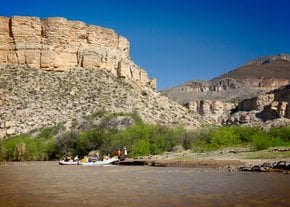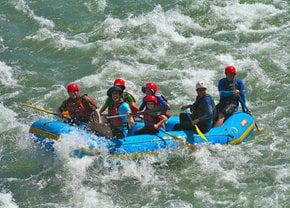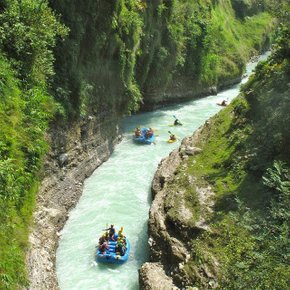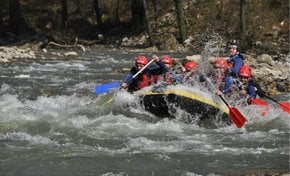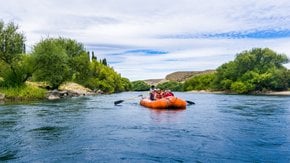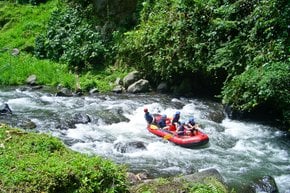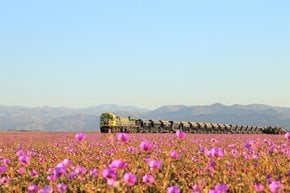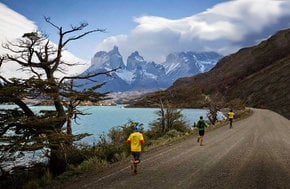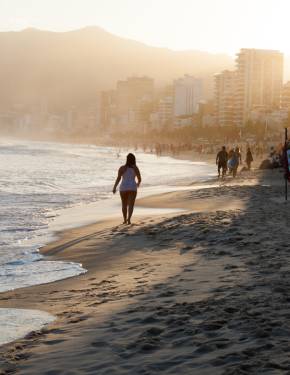White Water Rafting in Chile 2025-2026
Deep blue waters, white currents and breathtaking scenery make the Futaleufú River fabulous for rafting
Best time: December–April
Futaleufú River was discovered as a great white water rafting destination only in 1985 by Chris Spelius, a keen rafter who had rafted the world's all best white water rivers before he found his dream river in Chile's northern Patagonia. It is distinguished from all the rest by its beautifully deep blue coloured waters fed by melting snows and glaciers from the Andean mountains stretching across Chile and Argentina, white water currents provide the thrill, and the river valley scenery mesmerises with its beauty. The season runs from December through April—at this time temperatures are most favourable.
Practical info
External resources
Find hotels and airbnbs near White Water Rafting (Map)
Last updated:
Authors: Eleonora Provozin







